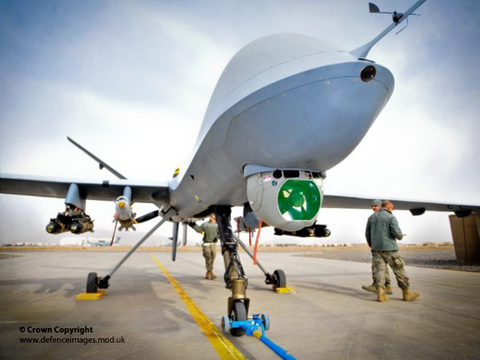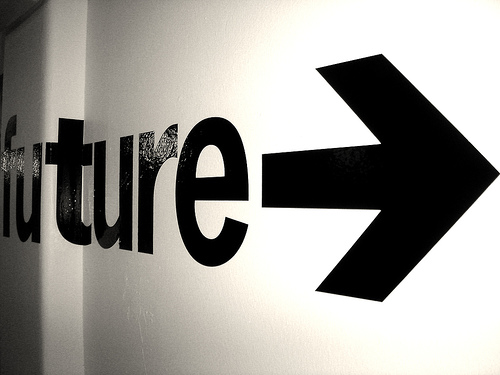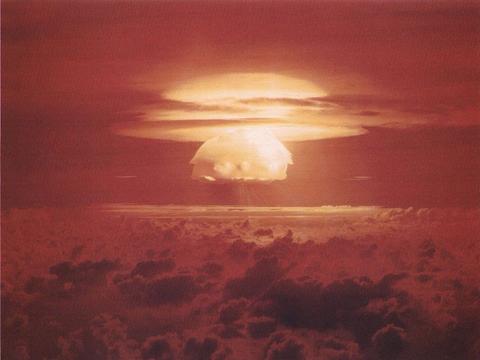
I closed yesterday’s blog by asking: “So, am I right to assume that Hybrid Warfare is (and will be) the new norm in our back-to-the-future world, or are we slowly but surely vanquishing violence?” The very idea that organized violence and its effects are in irreversible decline is absurd to many a self-proclaimed realist, and for at least three reasons. First, there exists and will always remain the pesky problem of human nature. In other words, Immanuel Kant was right; human beings are indeed “crooked timber.” When you kludge other factors to eternally perverse human nature, to include competition for resources, a structurally defective international system, and inevitable political frictions, the idea that war and its noxious effects are on the wane is seemingly absurd. Indeed, as of the autumn of 2011 weren’t there 18 wars of varying intensity occurring around the globe?
Second, realists tend to dismiss or at least underestimate the evolving power of norms (to include the concept of political legitimacy) and human rights. In their minds, these wispy intangibles are largely fair weather phenomenon. They have not, nor will they ever gain decisive power or influence over time. They represent, in short, superstructural fluff, as Karl Marx might have put it. People honor and practice agreed upon norms and rights when they can, but they invariably jettison them when they must. As a result, norms and rights cannot stand up to the biting winds of war, let alone exercise due influence during periods of genuine crisis.




